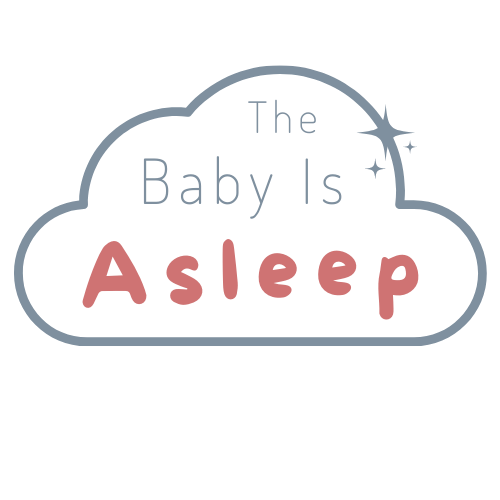2022 AAP Safe Sleep Update Explained
2022 AAP Safe Sleep Update Explained!
As you may have seen recently, this week the American Academy of Pediatrics gave their 2022 update of safe sleep guidelines.
It's a bit wordy of course but no worries, as a certified pediatric sleep consultant it's my job to be aware of up to date infant sleep safety guidelines and help you understand them as well.
I'll go over each point step by step and discuss why this is different from previous guidelines and what this means for you.
Swaddling
The AAP reiterated in this update that parents can swaddle up until the baby shows signs of rolling. For many babies, this may take place around 3-4 months of age. You want to make sure your swaddling skills are up to par so that they don't bust out and have a loose blanket in the crib with them.
2. Bed-sharing
In a past update they seemed to be a bit more lenient toward bed-sharing, understanding that hard rules against it had created even more unsafe situations wherein exhausted parents were falling asleep on chairs and couches while holding babies. However, in this update, they restate that although they understand some parents wish to bed-share for breastfeeding or cultural reasons, they can not officially recommend bed-sharing.
3. Room-sharing
The recommendation is to have the baby sleep in the parents' room, but on their own separate sleeping surface, for the first 6 months. This is different from a past update which suggested room sharing for the first 12 months. A crib, bassinet, or sidecar co-sleeping device which is placed next to the parent's bed is usually the best way to accomplish this.
4. Inclined sleepers
The update clarifies that infants should not sleep on surfaces with an incline of more than 10 degrees. Swings, carseats, wedges, pillows, etc. should not be used for sleeping babies.
5. Hats
It's always been very common to put hats on newborn babies, with the reasoning that it helps them regulate their temperature. However, there isn't much proof of this. Aside from the first moments after birth, and in the NICU, the new update recommends against the indoor use of hats on newborns. My opinion – hats can easily fall off and be loose in the crib, plus moms need to be able to smell and kiss the top of their newborn's head for important bonding and hormonal reasons.
6. Owlets
Home monitoring systems such as the Owlet are permissible but should not be used in place of safe sleep practices. For example, putting baby to sleep on a Dockatot or in a swing “but it's okay because the Owlet will tell me if something is wrong”. If using an Owlet we should use it in conjunction with safe sleep practices - as an extra layer of peace of mind.
7. Weighted swaddles
Ouch! I will have to remove a certain swaddle recommendation that I have previously talked about! The update recommends not using weighted swaddles and weighted blankets on or near infants.
Please note, the Merlin sleep suit which I and many other sleep consultants have recommended for 3-4 month olds, is not weighted and contains no weighting material, so it doesn’t fall under this category of no-nos. For now we will still recommend them.
Takeaway:
Safe sleep guidelines shouldn’t be a source of stress or fear for new parents. It really is very simple to place a bassinet next to your own bed, and make sure there aren’t any items in it other than a tightly fitting sheet and your baby. These guidelines come from a place of studying every possible angle where a tragedy could occur. If in doubt as to whether something in your home is safe for sleep, remember that simplest is best. Be sure to come join the conversation on our Instagram, and let us know if you have a question or concern about sleep safety!
The school where I became a certified pediatric sleep consultant, The Center for Pediatric Sleep Management, really puts a heavy emphasis on infant sleep safety and all consultants knowing how to best advise and support families to get more sleep in the safest ways possible. I really liked their easy to read blog on safe sleep for babies.
Check out our other posts on safe sleep!



